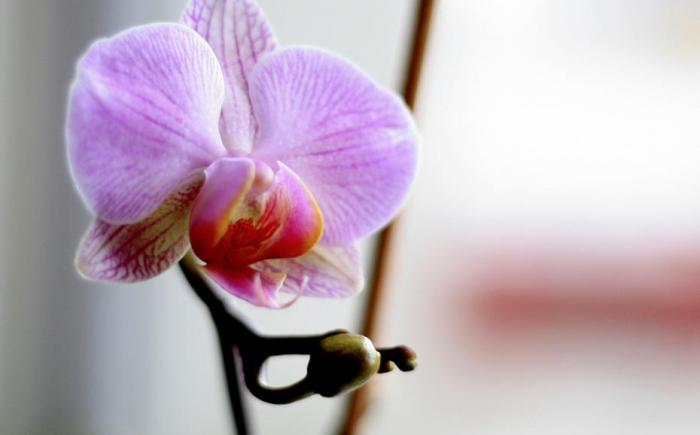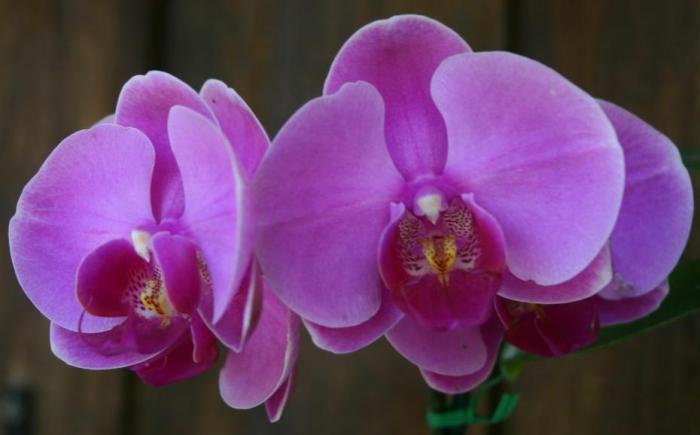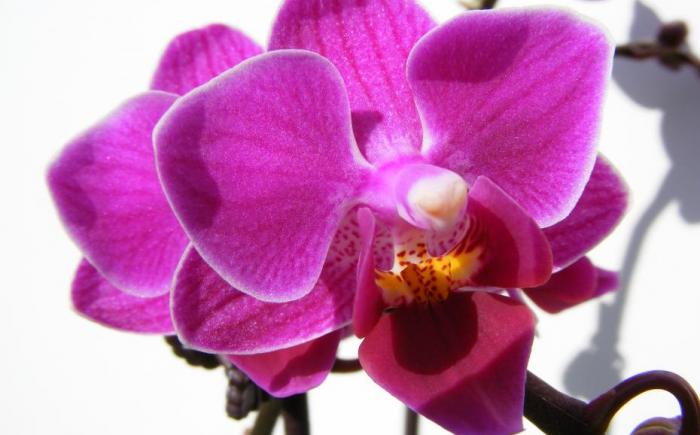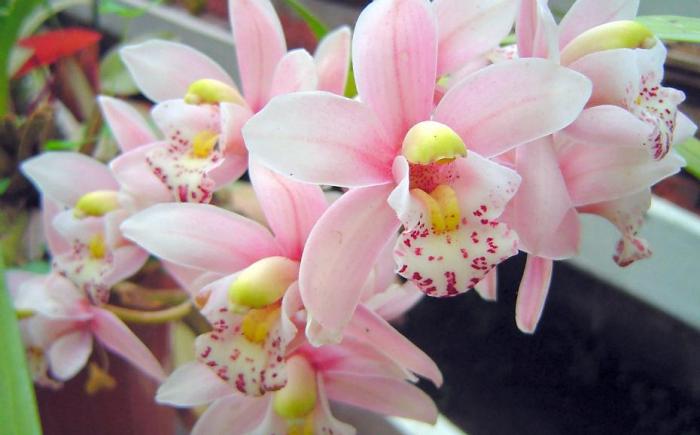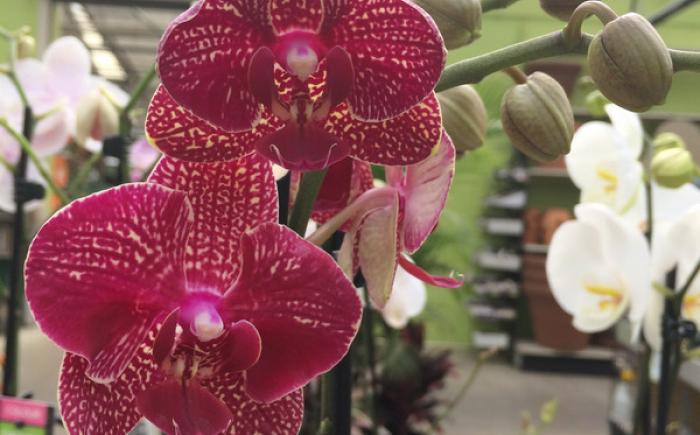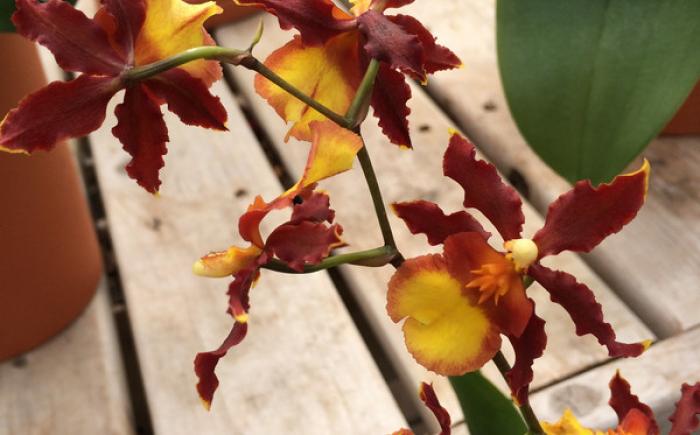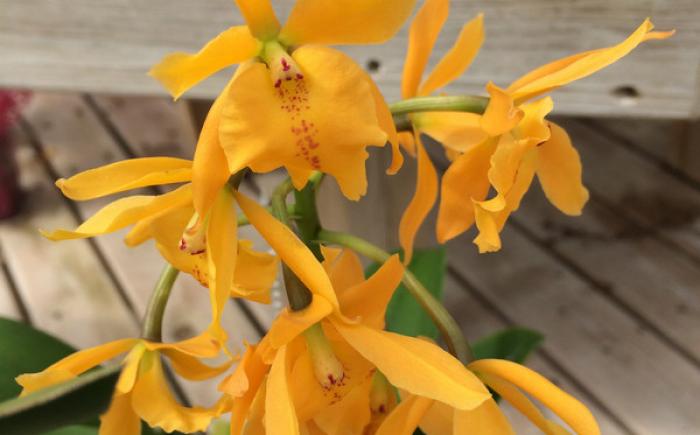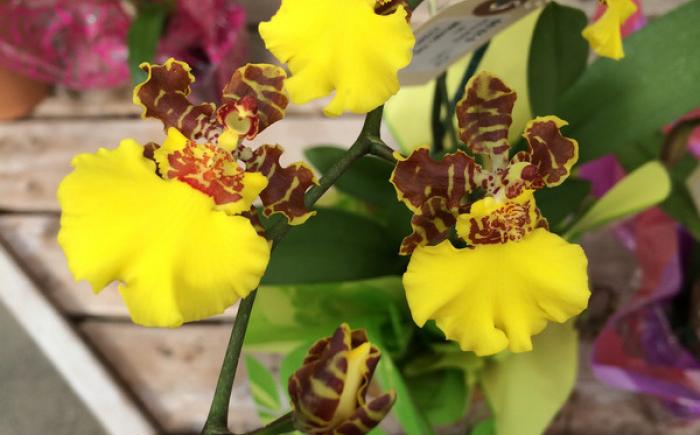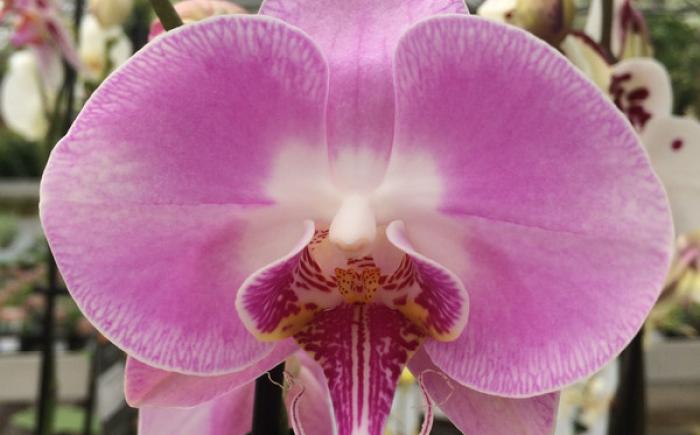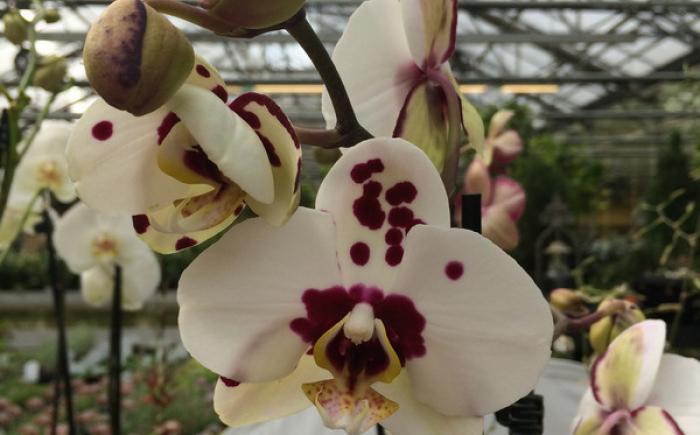
Orchids - Phalaenopsis
Alsip Home & Nursery offers a beautiful selection of Orchids all year. When it comes to Orchids the easiest to care for and most commonly found are Phalaenopsis. These have large leaves at the base of the plant with a stalk coming up and a spray of flowers that open from bottom to top. They come in white, pink, purple and yellow typically.
Orchids are considered Epiphytic plants. Epiphytes grow on other plants for support and use their roots to attach to these plants. These plants are typically found in heavily wooded rainforests therefore they needing to grow up to gain access to light and rainfall. These plants take the majority of their nutrients and water through the leaves. Epiphytic plants only bloom once a year for the typical homeowner so these plants take patience. Though while in bloom they can be enjoyed for a very long time and are worth the wait.
If your orchids aren't blooming, or have inflorescences with buds that haven't yet opened, the wait can be excruciating. Nudge things along by feeding the plants once a month with orchid fertilizer (diluted according to the label directions). Raising the temperature or humidity may also help, depending on the type of orchid.
Temperature
Orchids need a 10 to 15 degrees Fahrenheit temperature difference between night and day. A daytime range of 75 to 85 degrees is optimum; nights around 60 degrees are desirable.
Light
Orchids grow and flower best with strong, dappled sunlight. In the home, placing them in an eastern, western or lightly shaded southern exposure can simulate this. Too much direct sunlight will cause the leaves to burn. The most common cause for failure to flower is insufficient light. Growth and flower spikes should develop straight and strong in good light. Foliage should be a medium olive green. If the growths are weak and floppy, and the foliage appears dark green, the light is insufficient. Conversely, if the foliage is more on the yellow side and quite hard, the plant is getting too much light. Orchids will perform well under a wide range of conditions, so get to know your plant by keen observational habits, and you will be able to tell if your plant is happy.
Humidity
Humidity range from 40% to 60% is generally recommended. In the home, plants can be placed on a gravel-water filled tray or saucer taking care that the pot is not sitting directly in water. Also misting the plant every couple of days will also help with this.
Water
In nature, these plants have exposed roots and enjoy a rapid cycle of wetting a drying. This wet-dry cycle must be duplicated by allowing the plants to become nearly dry before watering. Simply misting of the leaves and allowing the compost to dry before the next watering is sufficient Most new growers tend to overwater. When in doubt, don’t water. However, common sense is the watchword. Lift the pot. If it feels light, you probably need to water.
It is also recommended to use distilled or rainwater when watering Orchids. The minerals can become too much for these plants and also minerals will tend to leave water spots on the leaves. When replanting be sure to use Orchid Bark. We carry Fertilome & Better Grow Orchid Barks. Both are formulated for optimum drainage and to ensure enough water is kept in the compost to allow for evaporation to be caught by the leaves.
Fertilizer
Feeding should be done on a regular schedule. Twice a month application is appropriate in warm, humid conditions. A high nitrogen fertilizer (30-10-10) can be applied during this time if the plant is in fir bark media. A high phosphorus fertilizer (10-30-20) may be applied to promote blooms and good roots. During cool, dull conditions, fertilize less. Some growers apply feed at ¼ strength with every watering. This seems to work best for warm, humid conditions. Some growers alternate the high nitrogen and high phosphorus feed. In anycase, be careful not to over feed. Orchids generally are not heavy feeders.


